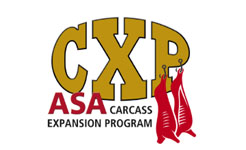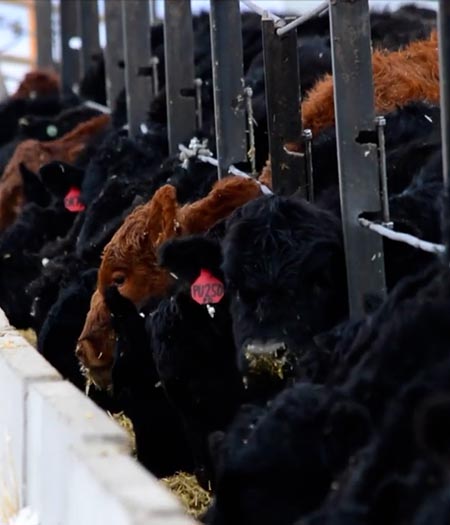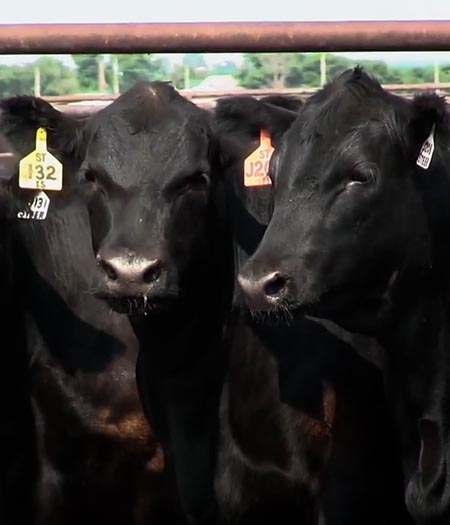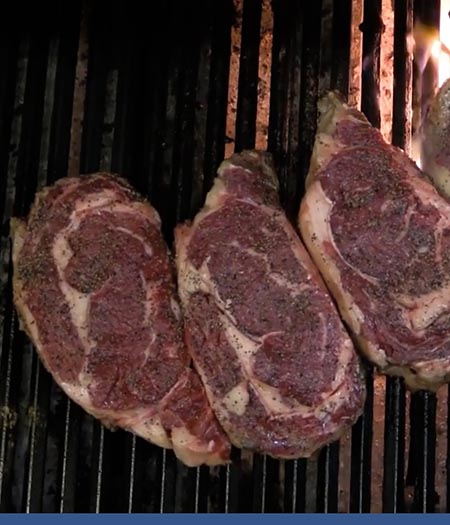Carcass Expansion Program (CXP)
Launching CXP
A large-scale project from the American Simmental Association (ASA) aims to change some of that - and arm ranchers with more accurate decision-making tools.
"Over time, we've leveraged new technologies like ultrasound to help bolster information about end product attributes into our genetic evaluation systems.
That's why the ASA launched an expansive new project that pairs actual carcass records with genomic data on sire-identified calves. The Carcass Expansion Project aims to boost total carcass records and to train genomic panels to more accurately predict carcass traits.
ASA's Board of Trustees invested significantly toward the five-year project, open to seedstock members and their commercial customers with SimGenetic influence.
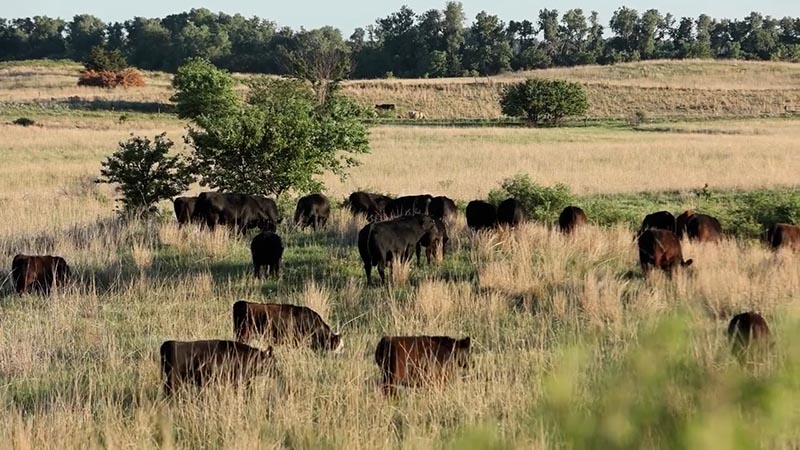
"We focus our efforts and data collection, in this case, on a relatively large group of animals, of 20,000, and extract lots of information out of that exercise.
Then the genomics tools will allow us to spread that information across the entire pedigree. So producers that aren't directly engaged in feeding cattle benefit from the project because they'll be able to use a genomics tool," Weaber says.
For the genomic component, the Association plans to pay genotyping costs associated with the use of tissue-sampling units (TSU) provided through Allflex.
"Obviously, carcass data is one of the hardest things to get because not everybody is willing to share it and because it's very expensive to just get carcass data," says Scott Holt, North American marketing manager for Allflex. "Our ability now to get that carcass information through genomics is a really exciting phase in our industry."
Interested in participating in the CXP? Fill out the CXP inquiry form to receive more information.

